► CAR drives the facelifted Hyundai Tucson
► Family SUV has hybrid and PHEV options
► Facelift includes new look and neater interior
Gotten over the looks yet? It seems plenty of people have, given the current-shape Hyundai Tucson is such a massive seller in the UK. Now, for 2024, Hyundai’s given it a onceover. Still a good family car?
At a glance
Pros: Smooth and quiet, hybrids are efficient, feels well built, improved interior
Cons: Fairly bland to drive, looks remain divisive
What’s new?
Hyundai’s given its ever-popular Tucson an update in 2024, looking to add a few new bits of tech and comfort without spoiling the recipe too much. It’s still a wildly designed thing, which will either interest you or put you off, but the brand has given the look a subtle tweak here and there with a new grille arrangement, new bumpers, colours and wheels.
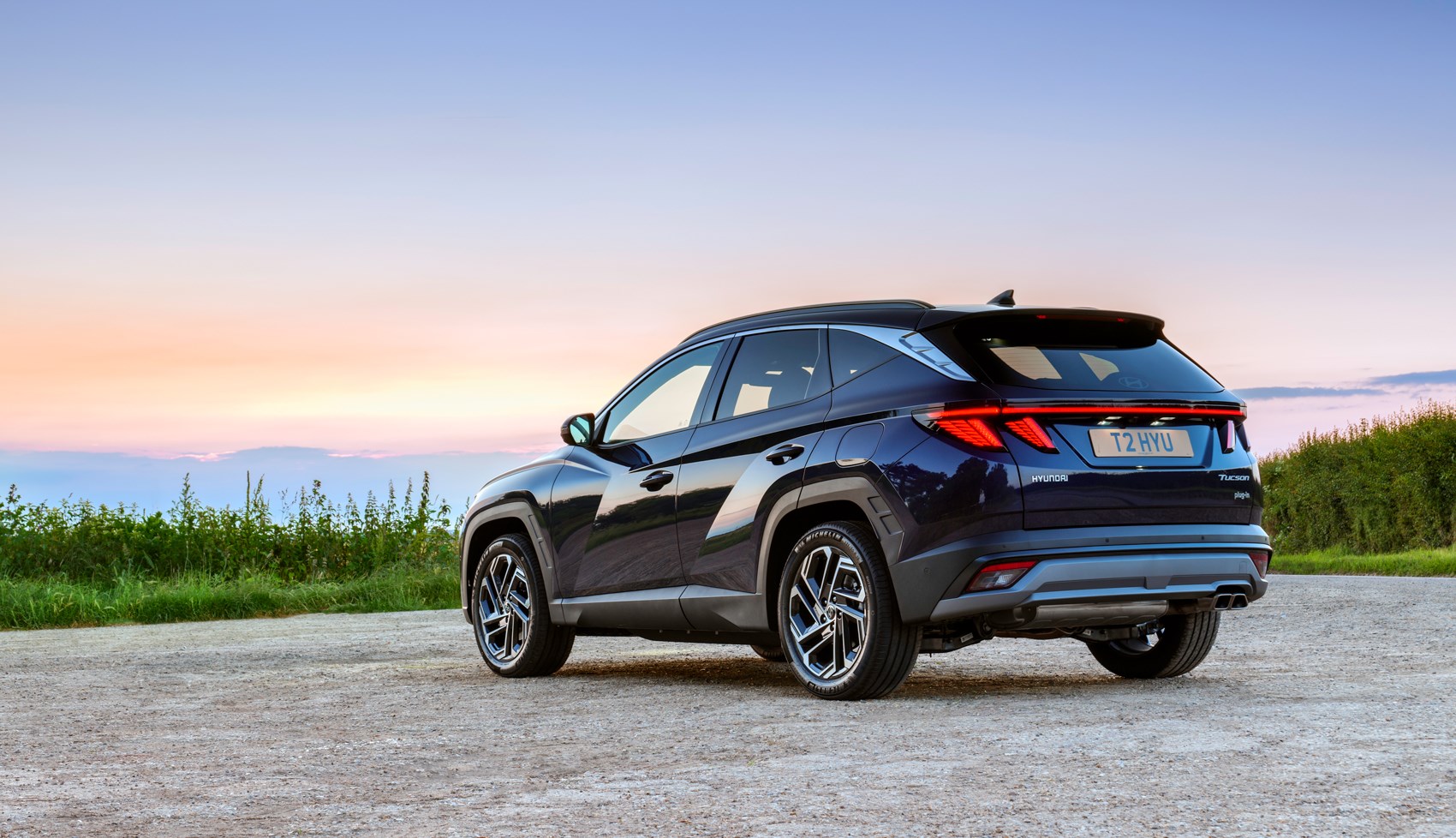
The interior has had a more significant overhaul, putting it closer into line with other SUVs that Hyundai makes, and more tech is thrown in. The new infotainment can be updated over the air, and smaller details like 40:20:40 split rear seats with a one-touch fold setting are included.
What are the specs?
Hyundai boasts that the Tucson has ‘one of the widest ranges of electrified powertrains in its segment.’ And it’s not lying. You can spec your Tucson with mild, full or plug-in hybrid power and all of them use a 1.6-litre engine; the milds have 157bhp to play with, the Hybrids have 212bhp while the Plug-Ins have 248bhp.
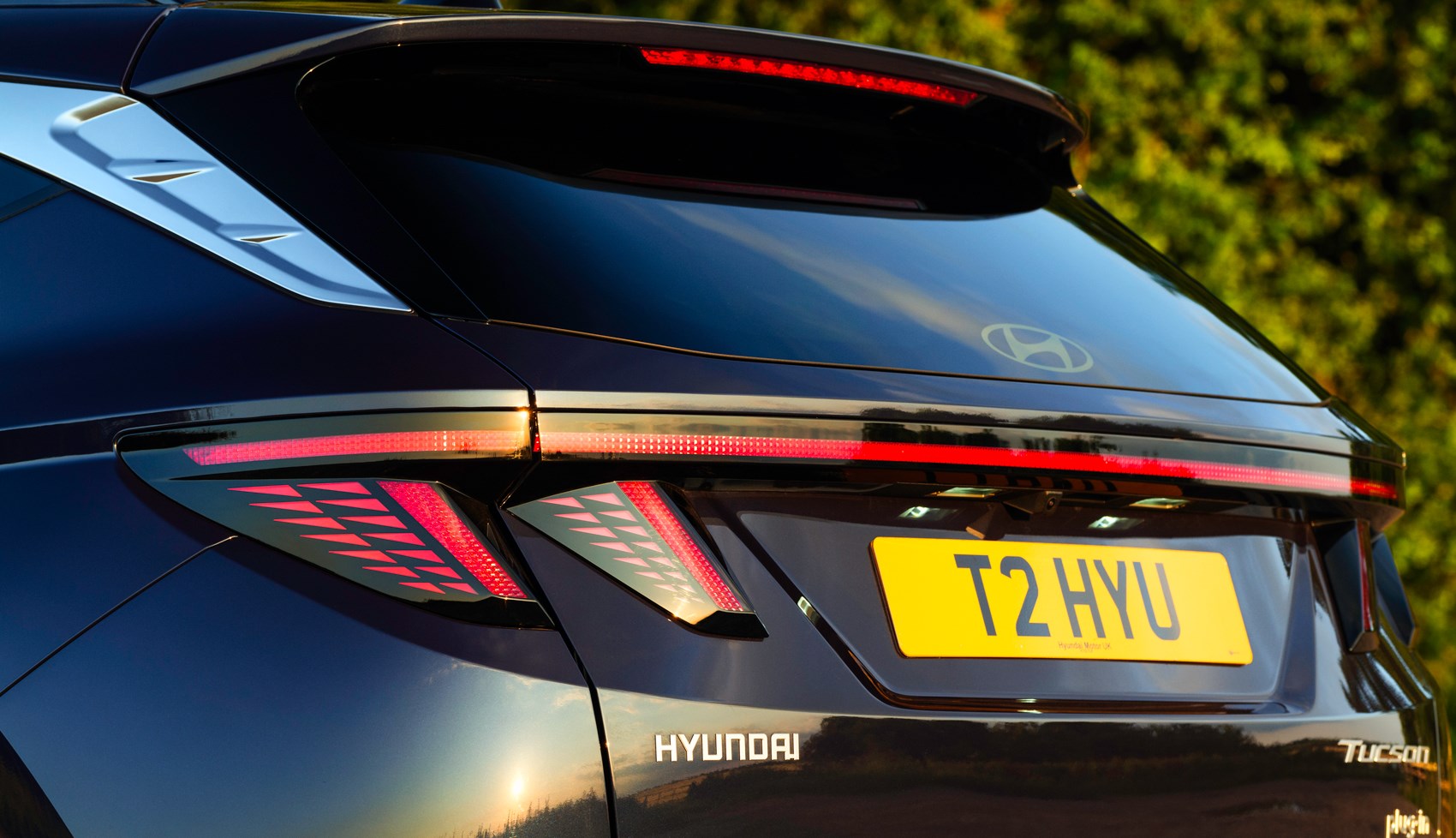
Then there are the trims: Advance, Premium, N-Line and N-Line S as well as Ultimate. Base Advance has a good amount of kit on it anyway, with the big widescreen infotainment standard, climate control, auto headlights and wipers, rear camera and a wireless phone charger. Premium adds bits like a Krell audio system, power tailgate, heated front and rear seats and steering wheel. N-Line and its S variant are more about the look, while Ultimate includes an electronic pano roof, electric front seats, Hyundai/Kia/Genesis’ Blind Spot View Monitor and more luxuries besides.
How does it drive?
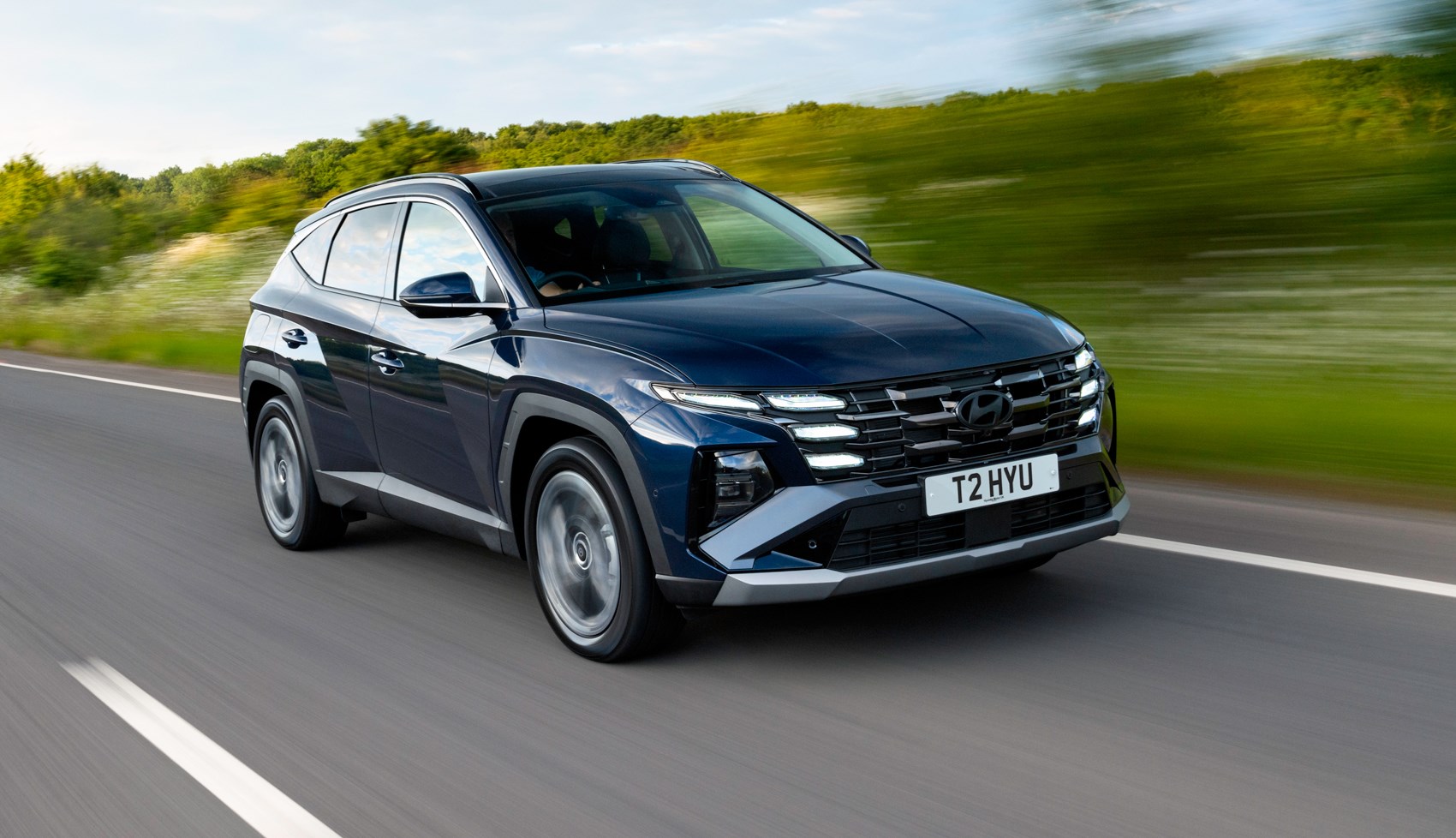
Mellow and smooth, almost like it’s designed not to be a bother out on the road. Performance is swift enough, with a smooth glut of power from the electrically-assisted engine (no matter by how much); the Hybrid and Plug-In models are very keen to be in electric mode whenever possible to help with fuel consumption. So much so that our Hybrid drive saw around 45mpg – not far off Hyundai’s claim.
The front end has plenty of grip, with two-wheel-drive versions feeling properly nimble – enough to question the need for all-wheel drive on more expensive versions; that only makes sense for the snow-bound or the outward bound, further supported by mud, sand and snow drivetrain settings.
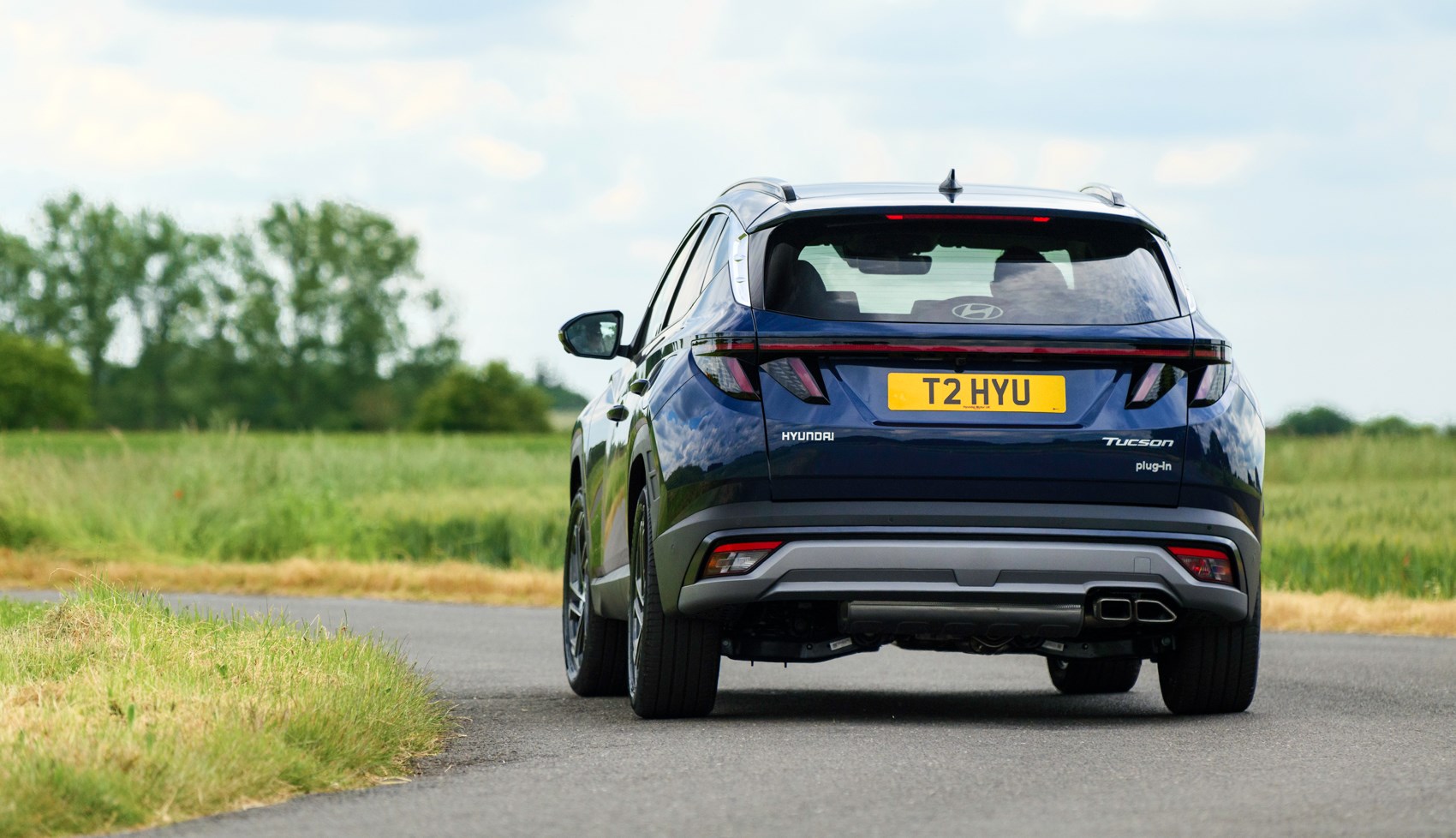
It’s neat and tidy out on the road, much like the Kona below and Santa Fe above. The steering is very light and the combustion part of the powertrain is well damped in terms of noise. The model we drove, a Hybrid Premium, felt firmly sprung without being uncomfortable, too. It’s all fine.
What’s the interior like?
An improvement over before. The pre-facelift car felt modern and had plenty of tech, yes, but the hard seats made you feel like you sat on rather than in the car. That and the big black gloss panel in the centre that housed the infotainment screen and myriad touch-sensitive buttons was extremely fiddly.
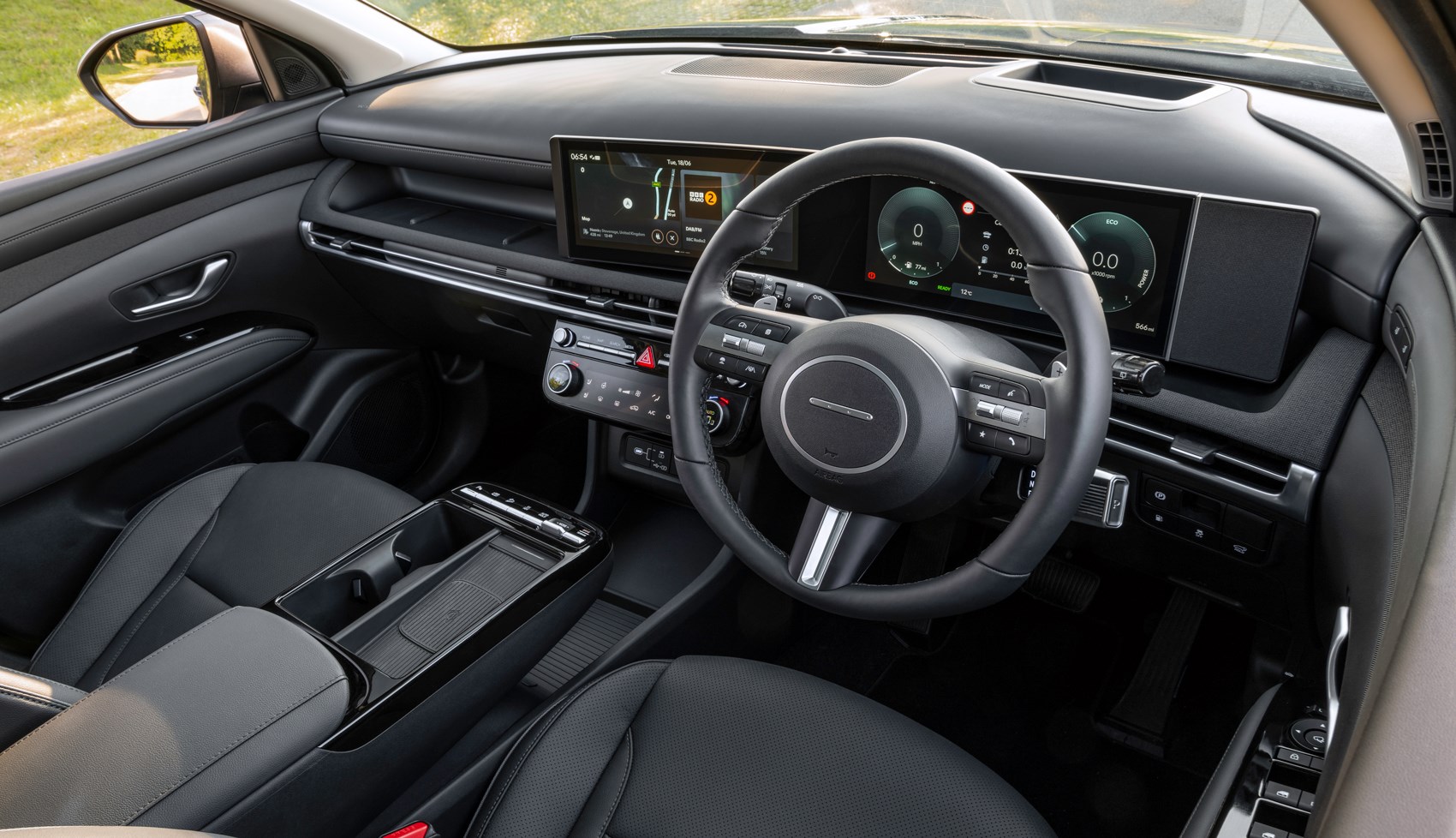
Here, post-facelift, Hyundai has deployed some more sense with a design and details similar to both the smaller Kona and the larger Santa Fe. There are still quite a few touch sensitive buttons but the layout is easier to use on the go, and the infotainment screens have improved functionality. The screen itself suffers from the same menu-heavy design as plenty of other Hyundais and Kias, but the Tucson tries to counteract that with some quick-access switchgear.
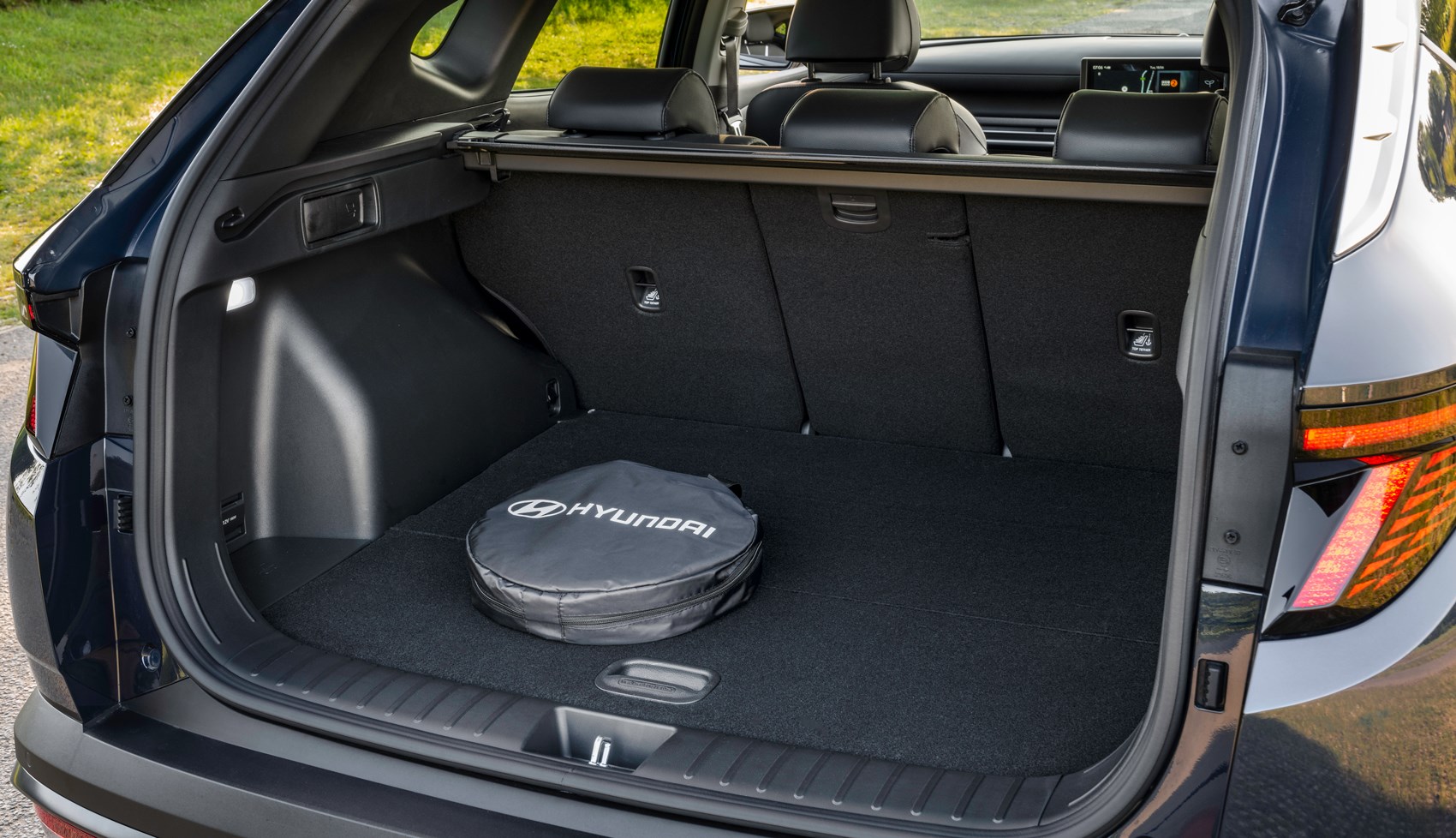
Room in the second row is good enough for adults, and storage throughout the cabin is good. As for boot space, it’s a bit wonky to measure; the mild hybrid has a 577-litre boot area, the Hybrid has 616 litres available, and the PHEVs have 558 litres.
Before you buy
A Hybrid Premium feels like your best bet here. The Hybrid powertrain is fast enough, smooth enough and can glean good economy from a tank of fuel and the Premium trim is brimming with kit to the point the higher trims don’t feel that worth it. A plug-in will only be at its most useful if you have a home charger and a short commute.
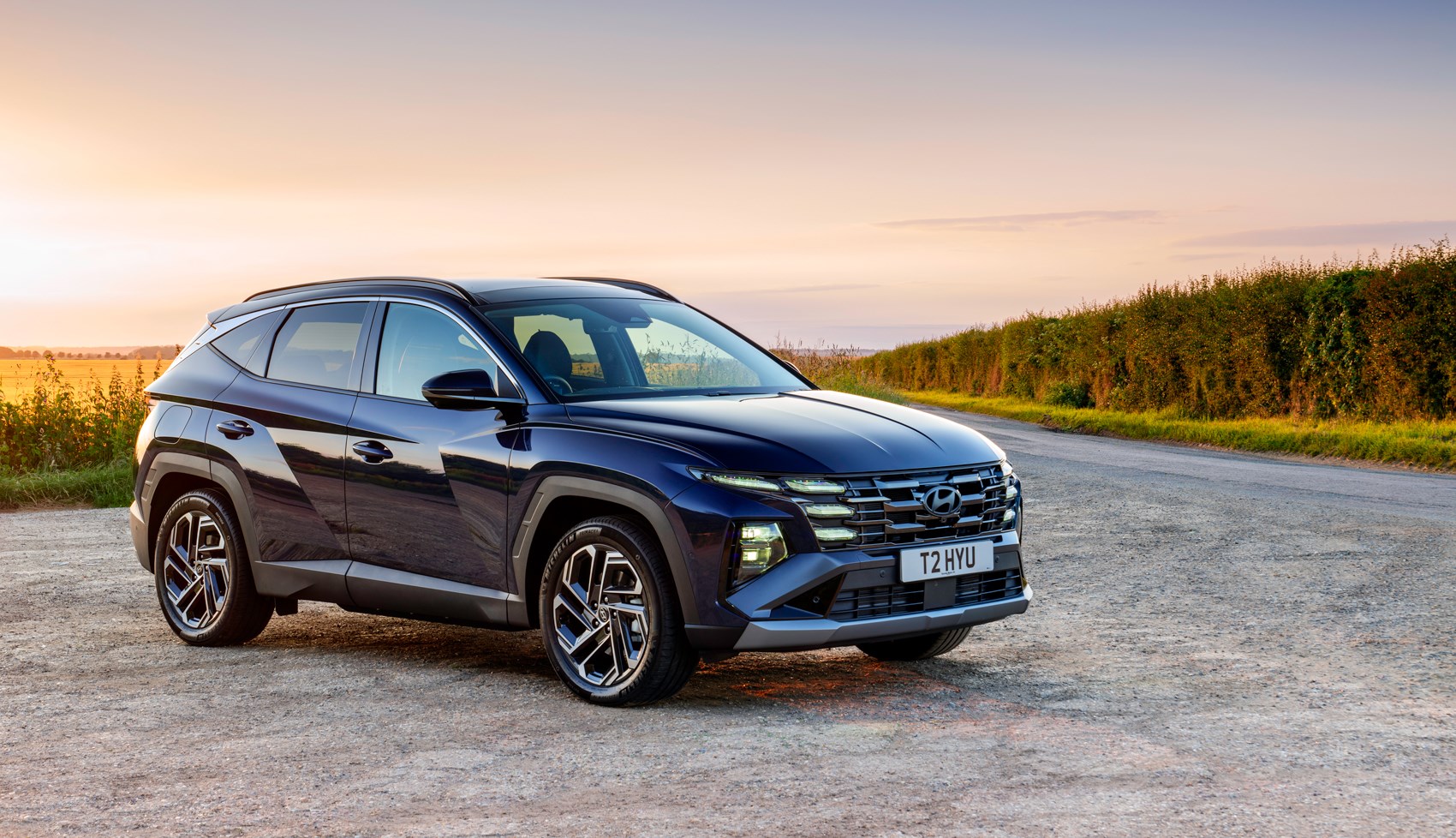
Of course, the Tucson is also in a segment brimming with competition. If you’re looking at one of these, you’re almost certainly looking at the Tucson’s cousin – the Kia Sportage. That as well as the Nissan Qashqai, Ford Kuga, Peugeot 3008, Volkswagen Tiguan and many more. The Tucson will win favour (or lose it) over its design, but the solid feeling interior and smooth drive will also be good reasons to go for one.
Verdict: Hyundai Tucson
There’s a reason why the Tucson is so popular – it’s a good family car overall. The facelift fixes some of the original car’s flaws, while still keeping the good bits. It feels like a car that’s more worth it at the lower end of the price spectrum, mind.
Specs are for a Hyundai Tucson Hybrid Premium 2WD